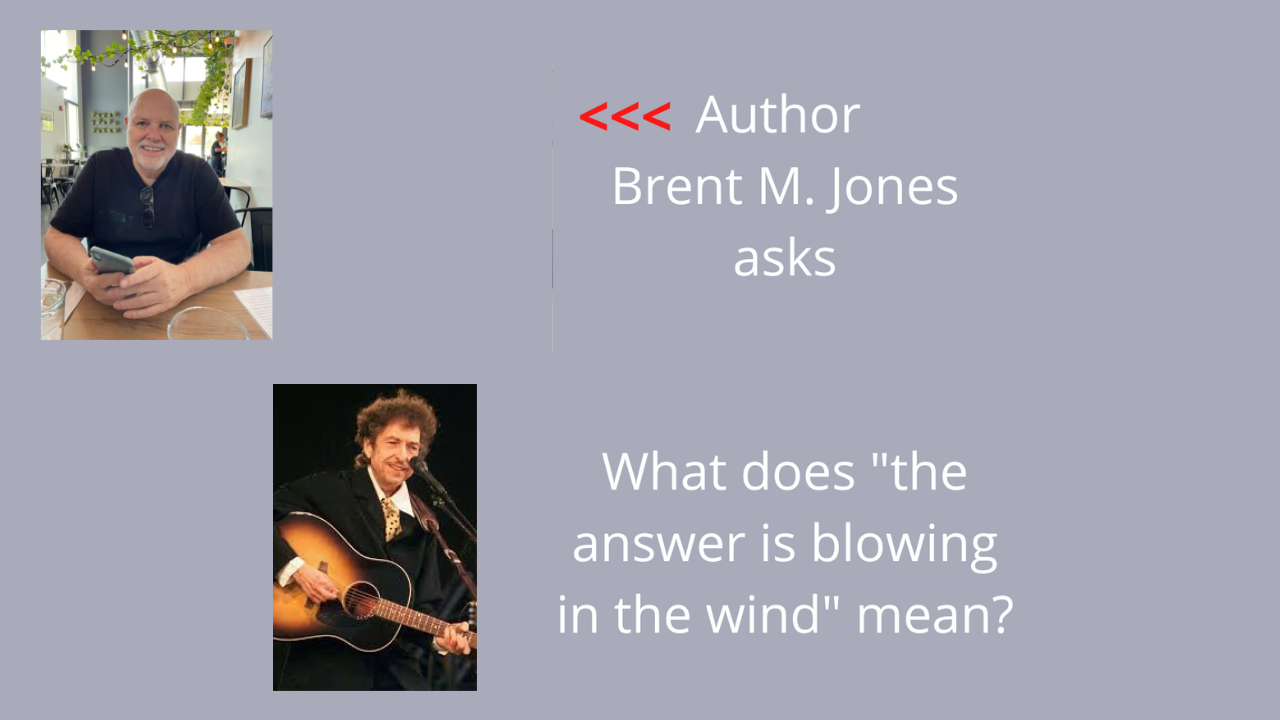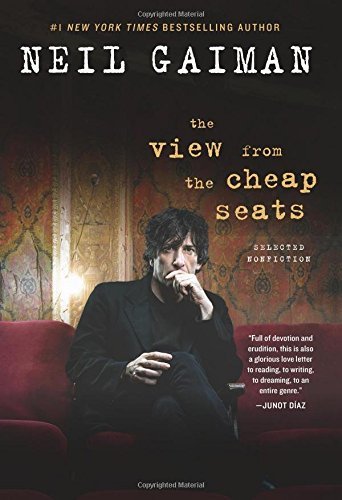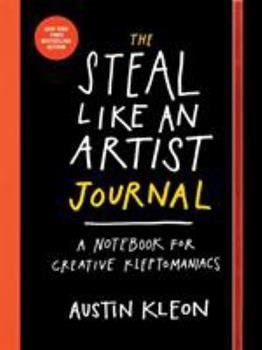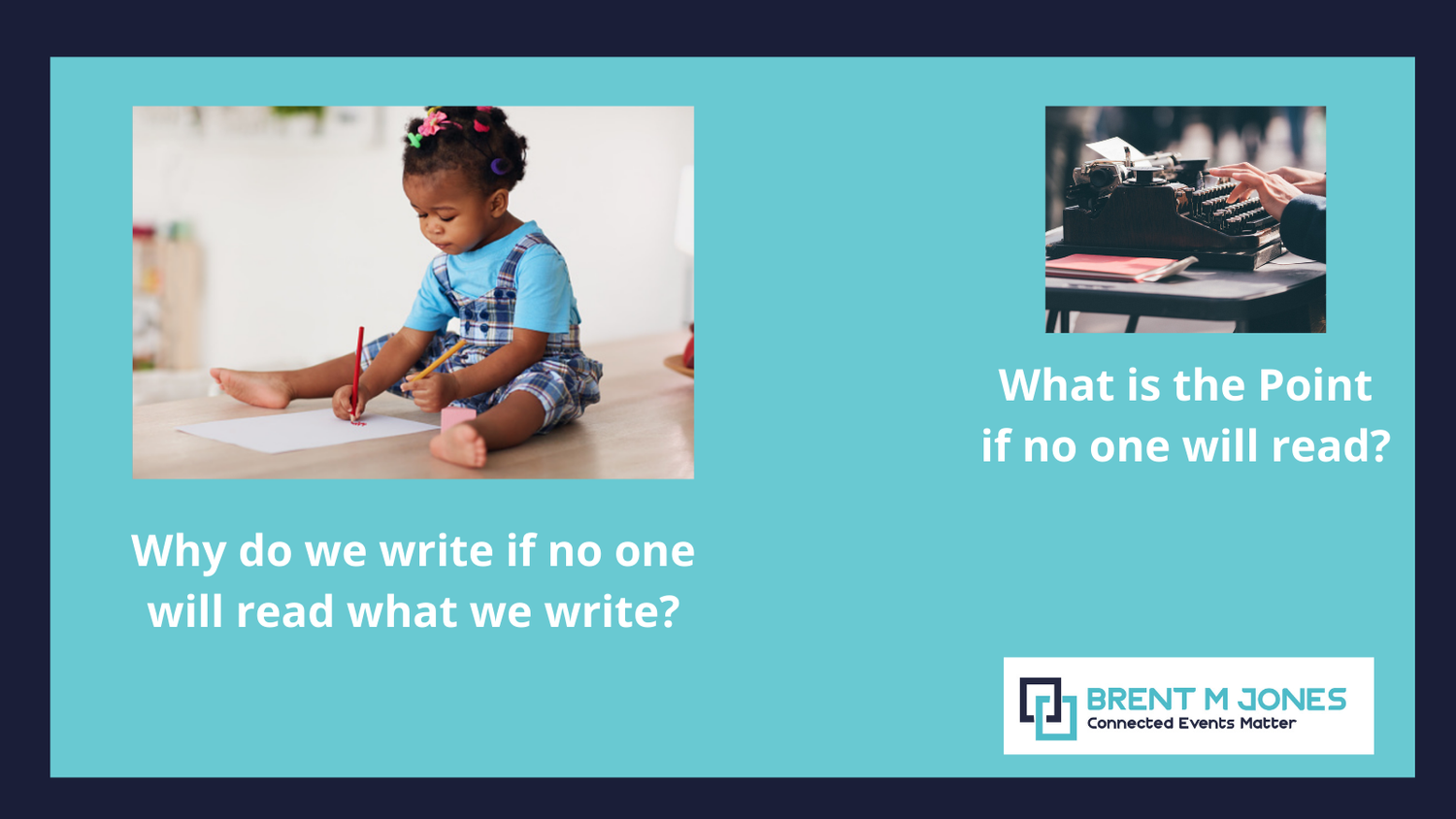Bob Dylan's song Blown in the Wind tells us"the answer is blowing in the wind" - What was the answer? →
The song “Blowin' in the Wind” by Bob Dylan raises questions. It has been described as a protest song and poses a series of rhetorical questions about peace, war, and freedom but is it literature?
Both songs and poems often bring out human emotions, and both have patterns of sounds, which bring melody to the verses. Some say poetry is more literary because it uses words better and conveys deeper feelings and emotions. Both reflect the same social concerns as literature.
Before you dismiss this post and the question it presents, don’t forget, or if you never knew, let me tell you that the Noble Prize for literature in 2016 was awarded to Bob Dylan for "having created new poetic expression within the great American song tradition.”
Another big thing, assuming you like Bob Dylan, is that Harper’s Magazine, after this award was given, said that “literary means not only what is written but what is voiced, what is expressed, what is invented, in whatever form.” More restrictively, writing is considered an art form or any report deemed to have artistic or intellectual value, often due to deploying language in ways that differ from ordinary usage.
"Blowin' in the Wind" was written and performed by Bob Dylan in 1962. The song became a symbolic song of fighting for people’s rights and equality in society and an anti-war song. It poses a series of rhetorical questions about peace, war, and freedom.
Lyrics
How many roads must a man walk down
Before you call him a man?
How many seas must a white dove sail
Before she sleeps in the sand?
Yes, 'n' how many times must the cannon balls fly
Before they're forever banned?
The answer, my friend, is blowin' in the wind
The answer is blowin' in the wind
Yes, 'n' how many years can a mountain exist
Before it is washed to the sea?
Yes, 'n' how many years can some people exist
Before they're allowed to be free?
Yes, 'n' how many times can a man turn his head
And pretend that he doesn’t see?
The answer, my friend, is blowin' in the wind
The answer is blowin' in the wind
Yes, 'n' how many times must a man look up
Before he can see the sky?
Yes, 'n' how many ears must one man have
Before he can hear people cry?
Yes, 'n' how many deaths will it take 'til he knows
That too many people have died.
The answer, my friend, is blowin' in the wind
The answer is blowin' in the wind
How does reading books help you become more creative? →
Neil Gaiman’s book, the View from the Cheap Seats, talked about fantasy and imagination. What he learned from his trip to China is very interesting regarding this subject.
Neil Gaiman is a fiction writer, especially for young readers, and in 2007 went to a worldwide meeting for fiction writers in China. He knew that over the years, China didn't even allow fairy tales and fiction in their schools, so he was surprised that this event had invited him to China for this event.
He asked an official of the event what had happened and why the interest now was in fantasy and fiction. He was told that top Chinese officials had toured all the big companies they did outsourcing work with within the United States and asked those they met "what they read.” They all said science fiction was a top choice, and fantasy and fiction went along with this. They were looking for why these plants excelled in creativity. It seemed clear from their findings that creativity was sparked by imagination. Fiction and fantasy were added to the school curriculum in Chinese schools.
The book contains speeches, articles, introductions, and essays. His first chapter sets the tone with his focus on "Why Our Future Depends on Libraries, Reading and Daydreaming.” He said in the introduction that he liked fiction because he wanted to "tell the truth without ever needing to worry about the facts."
A creative effort that I have spent years on has been my website:
( connectedeventsmatter.com )
The website has evolved to focus on first books, now around 500, and then positive influences, personal reinvention, career development, books I have written, and other interests that will complement these goals.
Reinventing Ourselves & Our Careers. How to “Be the Change.” How to Reinvent Yourself Each Day. Reinvent the Future. Make Order out of Chaos. Choose Your Direction in Life. Finding Inspiration.
As I added other areas of interest to the site, I found that the base and variety of reading were helpful and complimentary.
Reading helps us be open to new ideas and understand new things. We practice imagination by letting words describe a particular image and manipulating the picture in our minds. This strengthens our minds because we learn from others' experiences and adapt the learning to our environment.
Are we like the old or the new wineskin and why does that matter →
A wineskin is an ancient container made of animal skin. Usually, a goat is used to transport liquids such as water, olive oil, and wine. Is trying to bring motivation, or even change, to an organization like putting new wine in an old wineskin?
The old wineskin has become brittle and set in place. It had done its job for years with no problem, but the new wine hasn’t fermented yet, and as it expands, it will split the old container.
The Bible, Mark 2:22, used this example to teach about dealing with change. “And no man putteth new wine into old bottles: else the new wine doth burst the bottles, and the wine is spilled, and the bottles will be marred: but new wine must be put into new bottles.” ……. And no one puts new wine into old wineskins; otherwise, the new wine will burst the skins, and it will be spilled out, and the skins will be ruined. But new wine must be put into fresh wineskins. And no one, after drinking old wine, wishes for new, for he says, ‘The old is good enough.
Good news for the Old Wineskins: A fresh wineskin can be a new wineskin, but it can also refer to an old wineskin that has been reconditioned. A reconditioned wineskin is as supple as new and can hold new wine. An old wineskin must be cleaned and soaked in oil to recondition it. The wineskin is soaked until it is rejuvenated to its supple and soft state to be ready for the new wine. So old wineskins are not thrown away or only being used to hold old wine. It can be made fresh again to have new wine!
Of course, we’re talking about people, not wineskins.
People, in their way, can also seem brittle and set in place. The problem is often the perception of what is happening around them. The roadblock is often just the attitude that “this is the way we have always done this.”
A person who has done something the same way for years can seem brittle or inflexible. Several years ago, I knew some managers at a small distribution warehouse with limited space. Jim, the warehouse manager, had a new boss who was expecting things to be done that he was not used to.
Changing things that had always been done one way for years became an obstacle for Jim. The last straw was when an item bought weekly for years, 50 cases at a time, was changed to 100 cases, and the order frequency was changed to once every two weeks. Jim knew about the reasons for the change and the plan, but he did not feel right about all the changes. This resulted in him quitting his job, where he had spent 35 years working, and advancing to warehouse manager.
Change itself was not foreign to the environment for this company, which had grown a great deal over the years. I was more than that “they had always done that way.” It was about the fact that he had always been the sole decision-maker.
Over the years Jim worked for this company, it had expanded its warehouse size many times. He faced increased reserve levels on many inventory items and changes to accommodate buying brackets. If he hadn’t been flexible, he would not have made it far as he did.
Why did Jim become brittle and set in place? He was upset by what he was afraid the future would bring. After Jim left, he enrolled in some classes at the local community college and took some computer classes. Perhaps for Jim, it was more than just turning brittle and unchangeable. Maybe he was just smart enough to see that he needed more skill, but he still was not flexible enough to come and talk about that side of the issue before leaving.
The poet Maya Angelou said, “I've learned that people will forget what you said, people will forget what you did, but people will never forget how you made them feel.” Jim didn’t feel good about his new manager, and that reality was far more critical than the challenges of warehouse changes. The new manager didn’t know Jim and hadn’t had the chance to build a relationship of trust with him.
Are Side Hustles Entrepreneurial? →
Side Hustles Require You to Know Yourself Well
A side hustle is any employment undertaken in addition to one's full-time job. A side hustle, moonlighting, or gig, is often freelance or piecework, providing an additional income that a person takes in addition to their primary job to supplement their regular income.
Calling something or someone entrepreneurial can mean that they know their industry inside out and can exploit that knowledge to create new opportunities and profits. Being entrepreneurial can also mean just sharing ideas freely.
Aspiring entrepreneurs might start a side hustle as a stepping stone toward financial freedom. A side hustle can also allow you to focus on what you're most passionate about if you don't get that satisfaction from your full-time work.
When someone enjoys the type of work they make into a side job, that passion often leads them to become full-time entrepreneurs. Passion is often a driving force that can get you to do unique and challenging things. Passion is an emotion that wants to be acted upon; without action, passion yields no fruitful results. Passion is the fuel in the fire of action. When you have a passion for something, you love it even when you hate it.
A good lesson from the growing occurrence of side jobs is that it isn’t just extra income that motivates people to seek these opportunities. When the side hustle is more fun than work, that can be an important message and help when trying to find a new job. Finding your dream job starts by getting to know yourself * and what you need to know about yourself is what it is that you like. What do you have a passion for? Those areas are where you will find your dream job.
NEVER STOP BEING A STUDENT OF YOUR INDUSTRY →
Burnout is often blamed on job stress that affects an individual’s physical and emotional state and causes mental exhaustion. Often burnout is considered the fault of management, suggesting that the workplace is not managed correctly.
Finding your ideas considered out of date leads to boredom. Placing the blame for boredom leads to denial of what may be the real problem of outdated ideas. I was talking with an old friend about his successful career. He told me he felt his longevity in the industry was perhaps perceived as a negative and wondered if others in the industry felt the same about his longevity. I had to ask myself how this could be. His vast experience should be viewed by himself and others as “added wisdom” gained by trial and error. His viewpoint spoke loudly to his own “burnout,” but is that what years of work must lead to?
The dictionary definition of burnout is “the end of the powered stage in a rocket’s flight when the propellant has been used up.” With people, energy is used up pursuing various goals, and when people are burned out, they feel bored and complacent. You can hear the burnout in someone saying, “We tried that once before, and it didn’t work, and it won’t work now.” Think of new approaches or new ways to use old products and concepts. This will provide you with renewed energy. As a veteran, you shouldn’t worry about making a mistake. You, of all people, should know that a failure or setback becomes an opportunity.
When worrying about burnout, we should stop thinking about the past and look to the future. Don’t start by asking yourself how things have always been done but look back at your past experiences and ask yourself what has changed and why. What is changing in the marketplace right now? Study your industry and learn new things.
Business analyst and author Peter Drucker said, "The best way to predict the future is to create it."
Your path forward becomes more apparent when you look back at where you have come from
Photo Credit to jared-rice at Unsplash




















